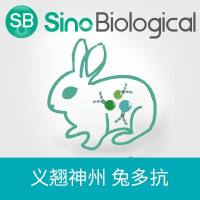Lectin Histochemistry for Light and Electron Microscopy
互联网
582
Glycoconjugates are complex macromolecules present in all tissues throughout the body. Depending on the tissue region, glycoconjugates express different carbohydrate moieties, which can be used to both distinguish cell type and examine changes in cell phenotype.
Although the periodic acid–schiff (PAS) method has long been used to study the distribution of glycoconjugates, the usefulness of the technique is severely limited by its lack of specificity. A more specific technique makes use of the affinity that plant-derived lectins have for different carbohydrate moieties in glycoconjugates. Binding of lectins is therefore a particularly useful adjunct to conventional histology when it is important to characterise cell type. These well-characterised binding patterns have proved particularly valuable in helping us understand the pathogenesis of kidney disease, changes in cell surface carbohydrates on normal and neoplastic cells in tumours, and blood group biology.
When labeled with a reporter molecule such as biotin or gold, lectin binding can be easily identified using light and electron microscopy. In this chapter, we describe the appropriate experimental protocols for light and electron microscopic examination of lectin binding, emphasising their utility in characterising nephron segments in renal disease.








